Crystal memory breakthrough crams terabytes into tiny cube
Researchers harness atomic defects in crystals to revolutionise ultra-compact data storage.
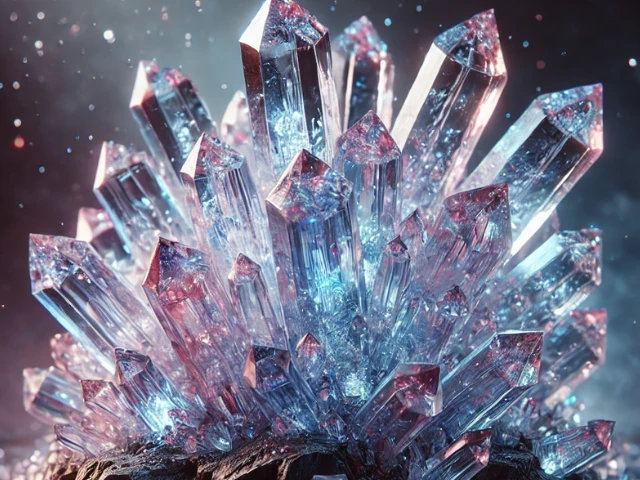
Researchers at the University of Chicago have made a major breakthrough in data storage technology, successfully fitting terabytes of digital data into a crystal cube measuring just one millimetre.
The discovery, which leverages atomic-scale defects within the crystal to encode binary information, could redefine the limits of classical computing storage.
The study, published in Nanophotonics, was conducted by scientists at the university’s Pritzker School of Molecular Engineering. By manipulating single-atom defects in a crystal structure, the team was able to store vast amounts of data using a method that merges solid-state physics with quantum principles.
Traditional storage devices rely on components that toggle between "on" and "off" states, physically limiting how much information can be packed into a given space. However, the UChicago researchers have circumvented this challenge by introducing rare-earth ions into a crystal to create a unique memory system.
Led by assistant professor Tian Zhong, the team incorporated praseodymium ions into a yttrium oxide crystal. When activated with ultraviolet laser light, these ions release electrons, which become trapped in natural defects within the crystal.
By controlling the charge state of these defects, the researchers effectively established a binary system: a charged defect represents a "1," while an uncharged defect represents a "0."
While crystal defects have previously been explored for quantum computing applications as potential qubits, the UChicago team’s work takes a different approach. Their research focuses on how these defects can be utilized for classical, non-volatile memory, offering a potential breakthrough for ultra-compact, high-capacity data storage.
"We found a way to integrate solid-state physics applied to radiation dosimetry with a research group that works strongly in quantum, although our work is not exactly quantum," said first author Leonardo França, a postdoctoral researcher in Zhong’s lab.
França highlighted the increasing demand for advancements in both quantum computing and classical storage technologies. "There is a demand for people who are doing research on quantum systems, but at the same time, there is a demand for improving the storage capacity of classical non-volatile memories. And it's on this interface between quantum and optical data storage where our work is grounded," he explained.
The researchers believe this new method of data storage could revolutionize computing, pushing the boundaries of how much information can be stored in an ultra-compact format. Their technique may also be adaptable to other materials due to the versatile optical properties of rare-earth elements, further expanding its potential applications.
As data storage needs continue to grow exponentially, this breakthrough could provide a game-changing solution, offering massive capacity in a space smaller than a grain of rice.





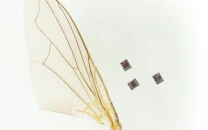






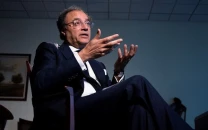


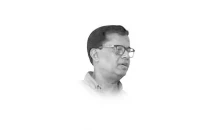



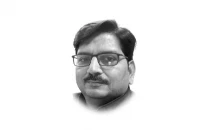
COMMENTS
Comments are moderated and generally will be posted if they are on-topic and not abusive.
For more information, please see our Comments FAQ